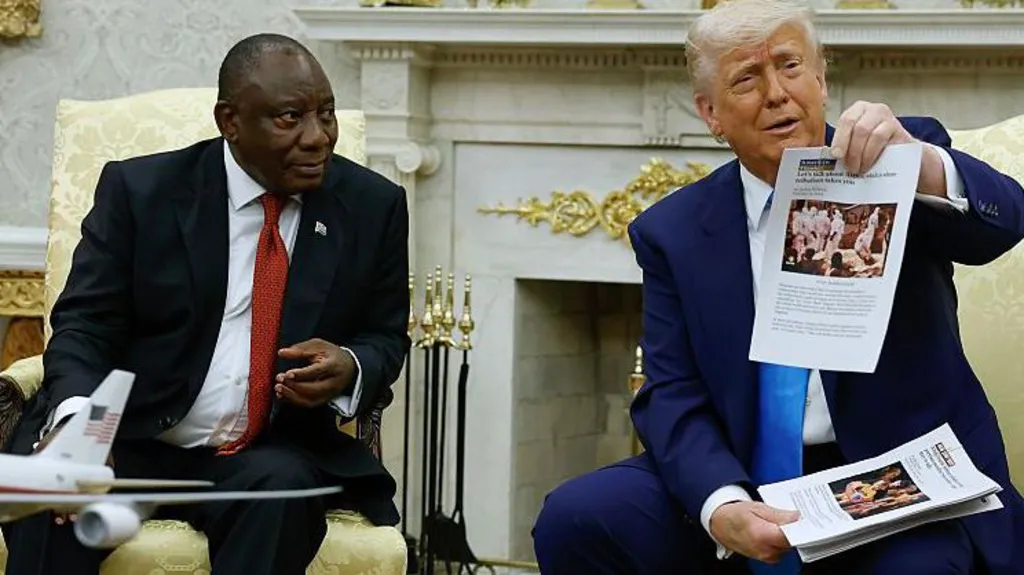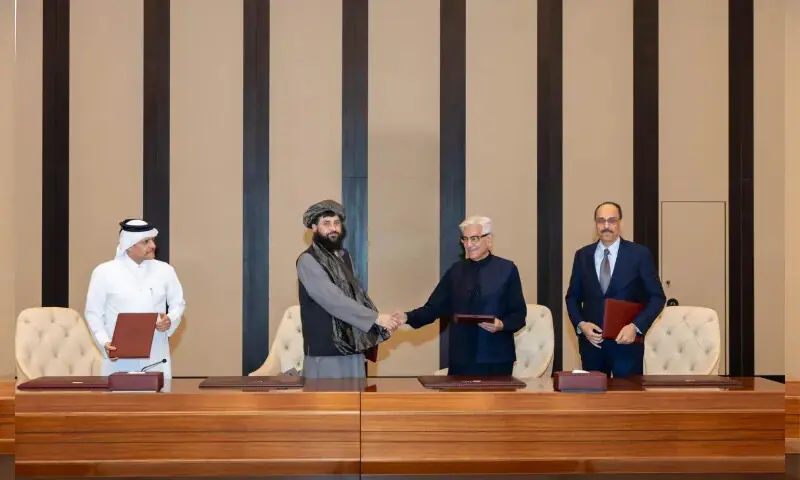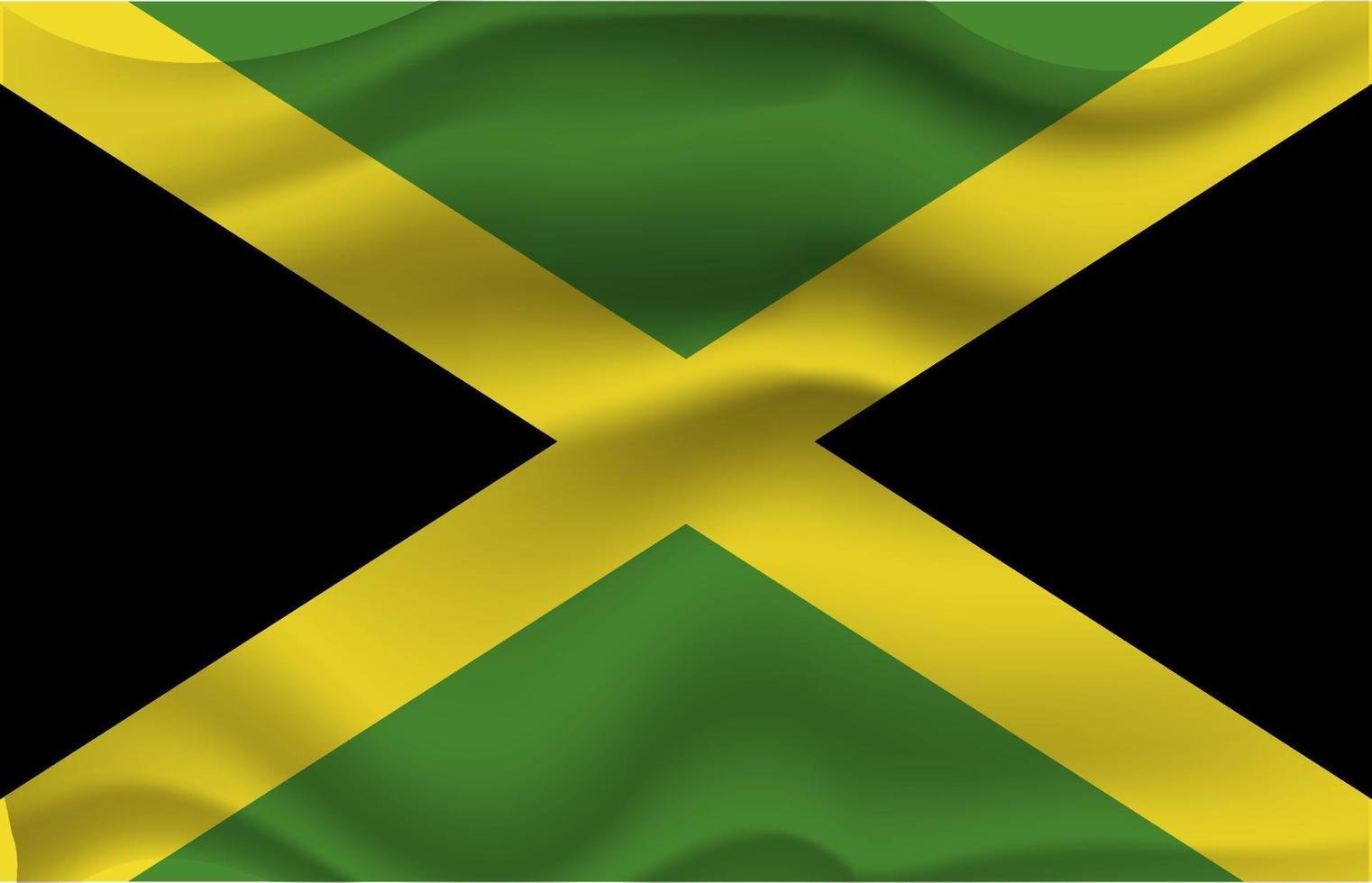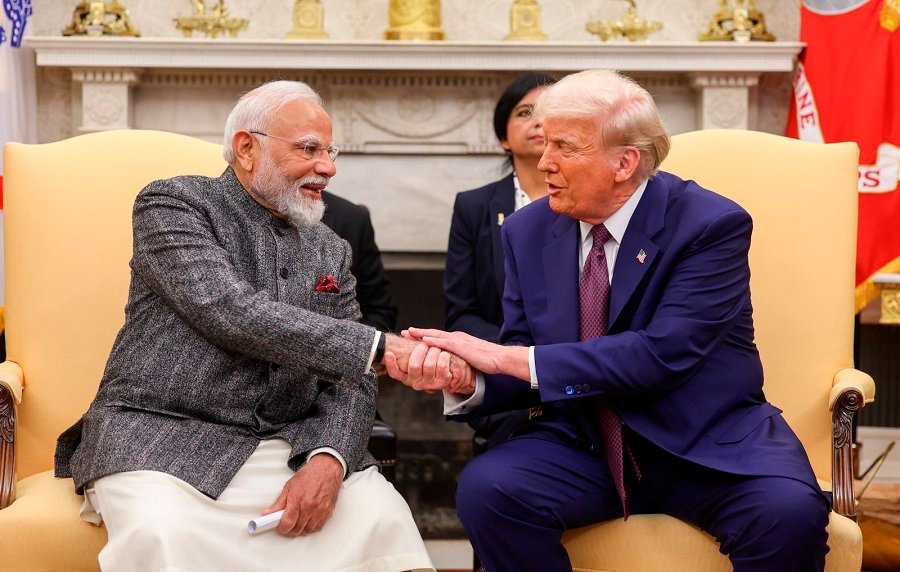Russia and Ukraine have reached a naval ceasefire agreement in the Black Sea following three days of peace talks in Saudi Arabia, facilitated by the United States. The deal aims to reopen a critical trade route and pave the way for “durable and lasting peace.” Both nations have also committed to enforcing a ban on attacks on each other’s energy infrastructure.
However, Russia has made it clear that the ceasefire will only take effect once sanctions against its food and fertilizer trade are lifted. These sanctions include restrictions on Russian banks, exporters, and agricultural machinery necessary for food production. The U.S. has signaled a willingness to help restore Russia’s access to global markets for agricultural exports.
Ukrainian President Volodymyr Zelensky expressed cautious optimism about the agreement, calling it a step in the right direction, but noted that it was too early to confirm its success. Despite the deal, Ukraine has raised concerns about the lifting of sanctions, accusing Russia of using this issue to weaken its position in the talks.
The ceasefire is part of a broader initiative to stabilize the Black Sea region, which has seen significant disruptions in trade, especially grain exports. A previous agreement, known as the Black Sea grain deal, allowed safe passage for cargo ships, but Russia withdrew from it in July 2023.
Both countries have also agreed to further measures to implement the energy infrastructure attack ban, which has been a significant point of contention throughout the war. Russia’s missile and drone strikes on Ukraine’s power supply have led to widespread blackouts and damage to critical infrastructure.
While the talks have led to some progress, both sides remain wary, with Ukraine warning that any movement of Russian warships beyond certain areas could lead to a breach of the ceasefire.















